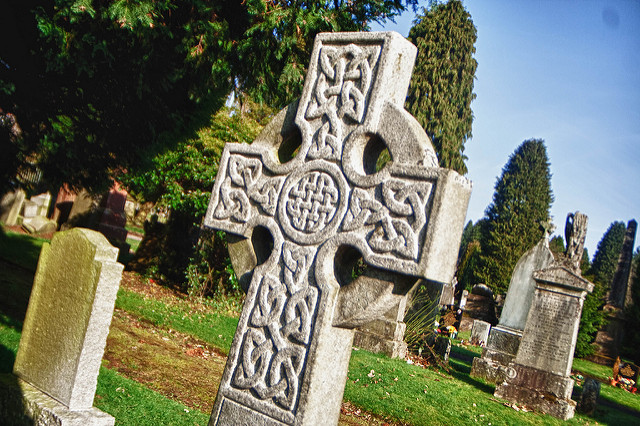Picts & Gaels (43–843AD)

When, in AD43, the Roman Emperor Claudius invaded Britain, a tribe he called the Picts inhabited eastern Scotland. Some of them lived in dwellings such as that at the Scottish Crannog Centre (though Iron Age in origin); others in structures such as those at Jarlshof in Shetland. Picts were famously much tattooed, but left a more enduring mark with their carvings such as those on display at the Meigle Sculptured Stone Museum near Dundee.
The Pict's western Scottish rivals were the Gaels, who were related to Irish Gaels. It was Irish Gael Saint Columba, Scotland's most famous missionary, who founded a monastery on Iona. Meanwhile, in much the same region Gallic kings were being crowned at the hillfort of Dunadd.